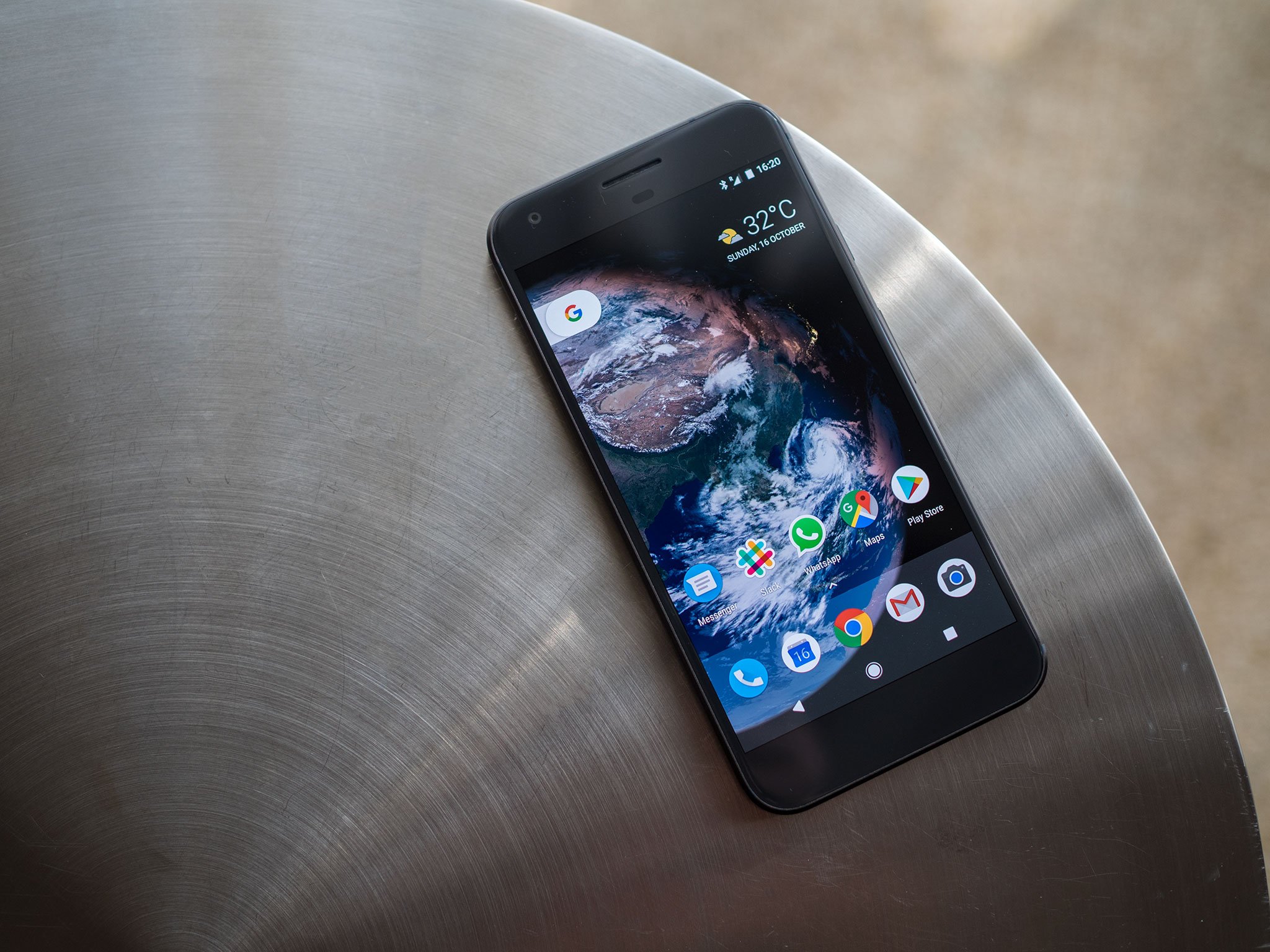Should you buy the Google Pixel in India?

Google has partnered with handset manufacturers over the years to create the Nexus lineup of phones and tablets, but this year, the company is putting forth its own vision of a high-end Android phone with the Pixel and Pixel XL. The phones feature a minimalist design backed by an excellent camera, a vibrant AMOLED display, Snapdragon 821, and all-day battery life. By controlling both the hardware and software side of things, Google has managed to deliver a superior software experience that isn't found on any other Android phone today.
Even though the phones aren't loaded with features — there's no microSD slot, OIS, or waterproofing — they excel at showcasing Android's potential. Google has baked its AI-powered Google Assistant into the phones, and several features will remain exclusive to the Pixel range, like unlimited photo and video backup that includes 4K video. If you're looking for the best that Android has to offer, this is it.
The Pixels offer a software experience that isn't found on any other Android phone.
The Pixels are now up for pre-order in India, with sales set to kick off October 24. Both phones are positioned in the high-end segment, a field dominated by Samsung. The Note series has a loyal user base in the country, and Samsung has seen a lot of success last year with the Galaxy S6 and this year with the S7 and S7 edge. But with recent events creating a Note 7-sized hole in this category, the odds are stacked in the Pixel's favor.
That said, Google's track record in India isn't great when it comes to hardware, as evidenced by the failure of the Android One initiative. The program followed the same blueprint as the Nexus line, with Google providing software support while manufacturers were allowed to choose the specifications and design. The goal was to offer enticing phones in the sub-$100 segment running vanilla Android and the promise of quick updates.
However, the program fell apart for two reasons: the hardware wasn't on par with similarly-priced phones from competitors, and Google's decision to offer the products exclusively online made it harder for its targeted audience to get their hands on the Android One handsets. Even though Google heavily advertised the program, it didn't do enough to educate buyers as to why they should buy into Android One.
This time around, the situation is different. Both the Pixel and Pixel XL are sold online via Flipkart, and both phones will be available offline from Reliance Digital, Croma, Vijay Sales, Bajaj Electronics, eZone, HotSpot, and other chain stores. A significant portion of phone sales in India are carried out in brick and mortar stores, where customers get a chance to use the products first-hand. With the Pixels representing a sizable investment, Google is pushing the offline experience to let prospective buyers get a feel for either handset before going through with the purchase.

Then there's the question of after-sales support. The Pixel offers 24/7 live support with the ability to share your screen with a Google representative. There's also a toll-free customer care number that you'll be able to call to get your queries resolved. If you need further assistance, you can get the phones serviced at 54 service centers located across the country. As the go-to tech support guy in my family, I'm very excited about the Pixel's 24/7 live support feature.
Be an expert in 5 minutes
Get the latest news from Android Central, your trusted companion in the world of Android
You don't have to worry about after-sales support with the Pixel.
And now, time to address the elephant in the room: price. Google — like Apple — is selling the overall experience, and that inevitably commands a premium. The Pixel costs ₹57,000 ($855) for the 32GB model, with prices going all the way up to ₹76,000 ($1,140) for the 128GB Pixel XL. The pricing is on par with the S7 edge and the iPhone 7 in India, making it a very costly proposition.
In a country that's highly price sensitive, this is the main drawback of the Pixel. Apple and Samsung get away with charging an exorbitant fee for their phones on account of their brand cachet, a trait Google doesn't possess yet. The Pixel marks Google's first foray into the handset business, and as such it is likely initial sales momentum will be limited to enthusiasts looking to try out the latest that Android has to offer. For its part, Google is flexing its advertising muscle by taking out full-page ads in newspapers and plastering billboards across the country.
In the meantime, if you've got the cash, you should definitely get the Pixel.

Harish Jonnalagadda is Android Central's Senior Editor overseeing mobile coverage. In his current role, he leads the site's coverage of Chinese phone brands, networking products, and AV gear. He has been testing phones for over a decade, and has extensive experience in mobile hardware and the global semiconductor industry. Contact him on Twitter at @chunkynerd.
